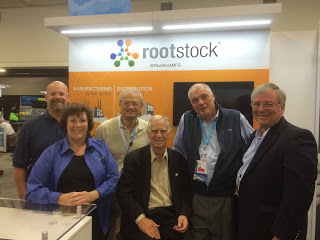
Deming wrote, “Drive out fear, so that everyone may work effectively for the company.” By this he meant that business leaders should engage employees positively in continuous improvement. But when it comes to business leaders themselves, fear can be a powerful motivator. And, nowhere is a healthy fear more needed than in ERP implementation.










